In parts of the Highlands, if a crewmember of a herring boat was suspected of having brought bad luck on board, his crewmates would steal his bed, tow it out to sea, then set fire to it.

In parts of the Highlands, if a crewmember of a herring boat was suspected of having brought bad luck on board, his crewmates would steal his bed, tow it out to sea, then set fire to it.

To scare off a lecherous knight who wouldn’t stop pursuing her, St Medana of Galloway climbed a tree and threw her own eyes at him. It worked.
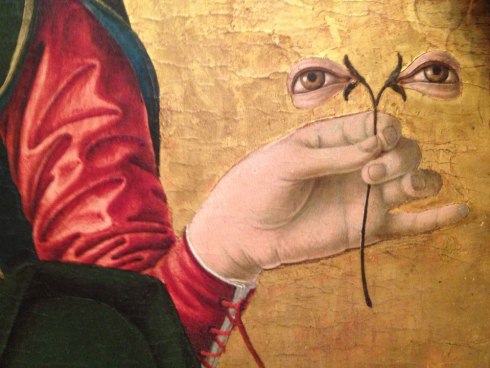
St Fillan had a pet bell that would fly to him when called. It was said to have flown from Strathfillan to Scone for the coronation of James IV. It flew by a soldier who shot it with an arrow, which is how it came to have a hole in it.
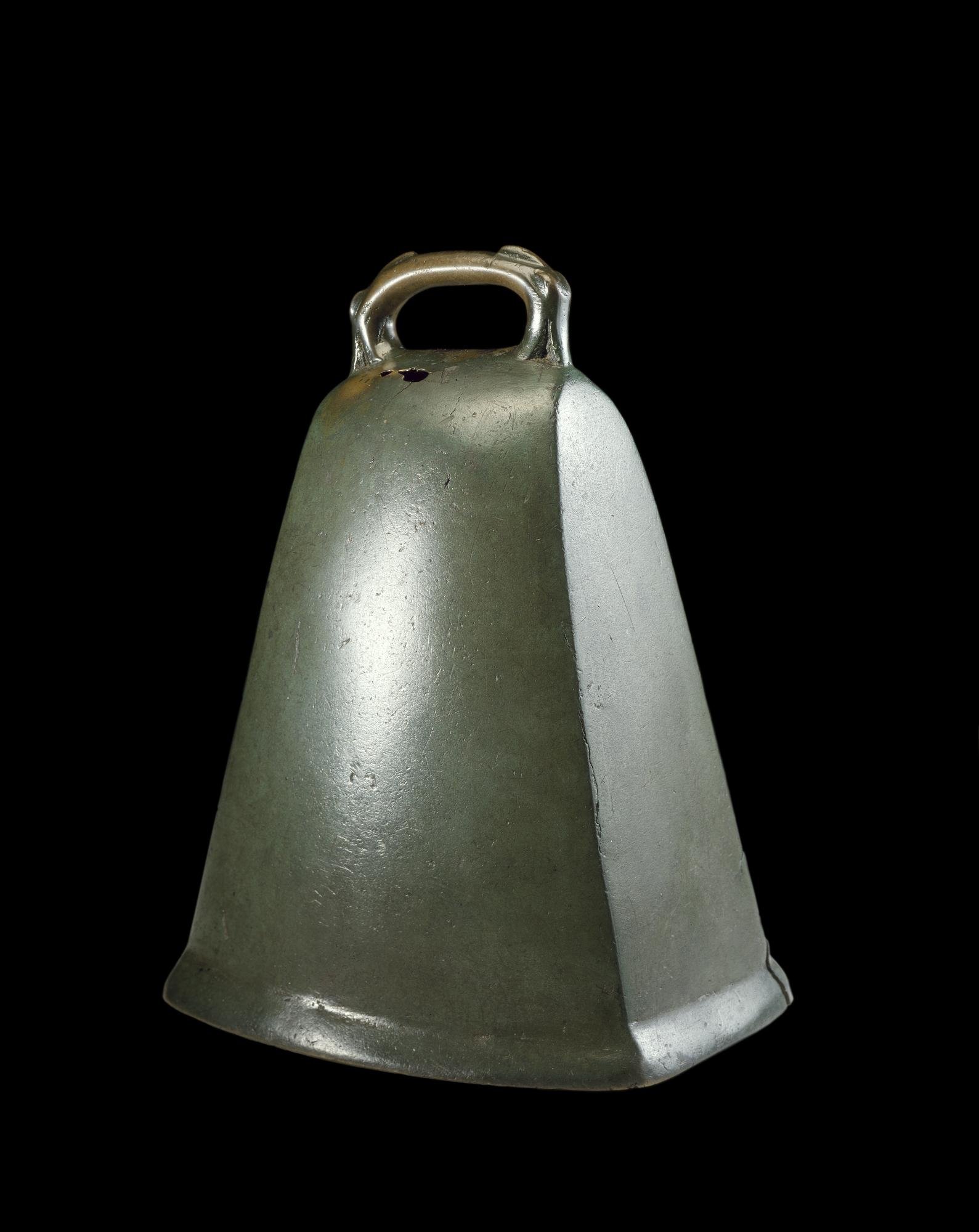
In Orcadian folklore, no cat can survive on Eynhallow and no rat can survive on Eday. In the 18th century, a ship carrying grain wrecked near Eday. The ship’s rats swam ashore and all were seen to die the instant they walked on Eday’s soil.
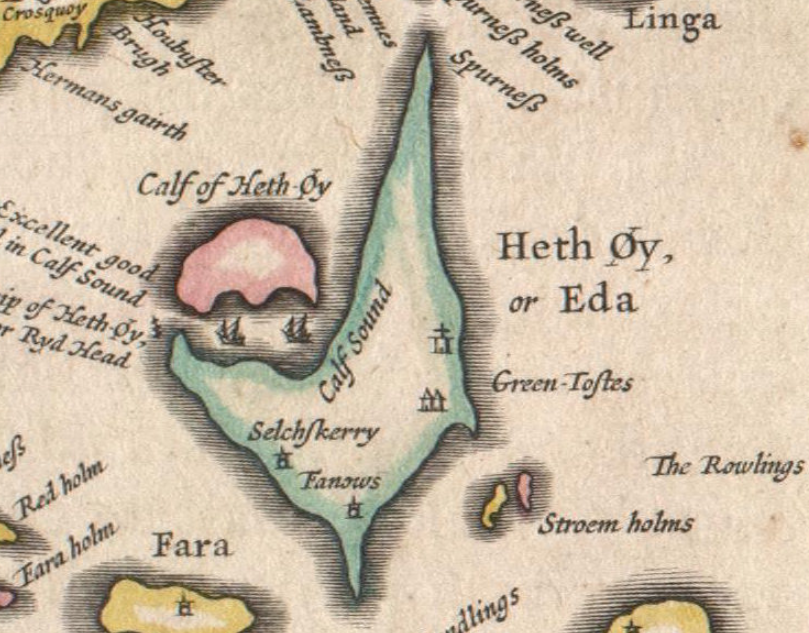
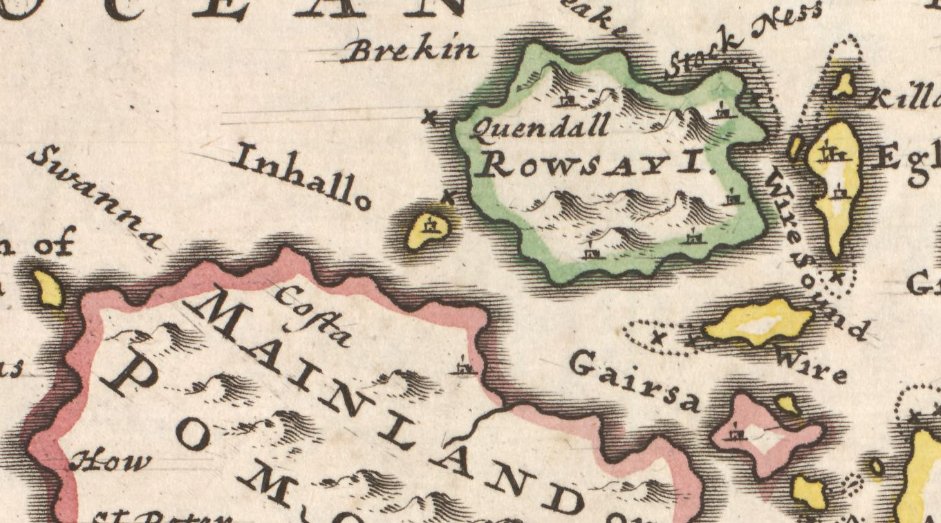
In August 1413, a 9-day windstorm smothered the village of Forvie under massive sand dunes, leaving only the kirk visible. Eventually abandoned, Forvie was said to have been cursed by three sisters who were sent off to die in a leaky boat in 1391.

Yf evyr maidenis malysone
Did licht upon drie lande
Lay nocht be funde of Forvy’s glebys,
Bot thystle, bente, and sande.(translated)
The Curse of Forvie
If ever maidens accursed,
Do alight upon dry land,
Let nothing be found in Forvie’s fields,
But thistles, marram, and sand!
Anderson, W. (1873) Howes o’ Buchan: being notes, local, historical, and antiquarian, regarding the various places of interest along the route of the Buchan Railway. Sentinel Office, Peterhead pp.96-97
Sherriffs, E. (2017) Life in medieval Forvie. Foveran Community Newsletter. Issue 148. pp. 26-27
The farm of Turniemoon was said to be the place where, every 28 days, the Calder witches met to turn the moon by hand, fearing that the switch to the Gregorian calendar in 1582 had confused the moon and that it might disappear from the night sky.

The name of the farm, near West Calder, is actually derived from Torr na Moine, Gaelic for “hill of the peat bog”, but I always prefer folk etymologies!
Traditionally in Strathspey, A witch had 5 options for transformation, depending on what they had to do that day. A hare, A cat, A raven, A magpie, or a medium-sized flattish stone.
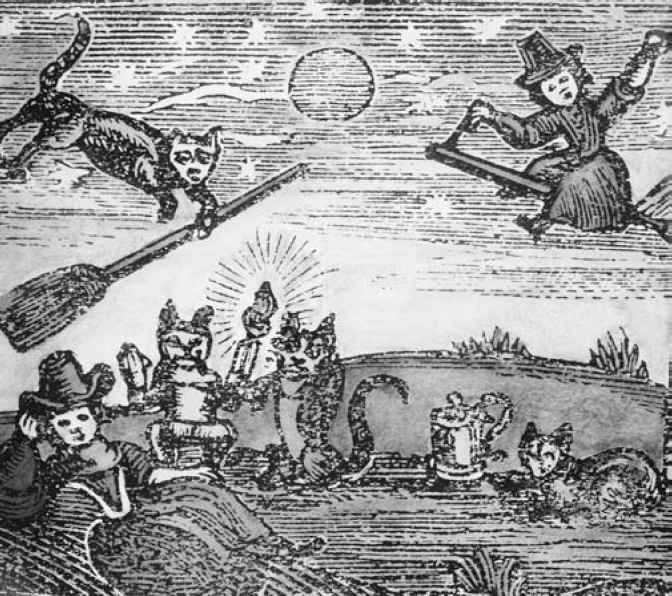
A Stone: The witch is supposed to transform into a stone and wiggle into the ground right in the path of the farmer’s plough. This causes a jam between the coulter (4) and the sock (5) and makes the plough skid above the surface, leaving a patch of fallow soil called the bauk.

The other roles explained:
A hare: for sneaking around the farm and fields.
A cat: for getting access into people’s homes.
A raven: for travelling long distances (like to conferences, demonic AGMs etc.)
A magpie: for nipping round to a friend’s house to talk witchy stuff.
Pro tip from Badenoch: If you meet a ghost that won’t show its face, turn up one of your coat cuffs. It will be frozen, unable to disappear, and its identity will be made clear to you.

n. the water shrew

In Caithness, it was thought that its breath could kill a cow at 100 paces and it could poison you just by looking at you. The cure was to make a soup from its head.
In 1232, King’s physician Ness Ramsay removed a hairball (trichobezoar) from the stomach of Alexander II.

Legend has it that Ness got X-ray vision by drinking a soup made from a white snake which allowed him to complete the procedure without error.